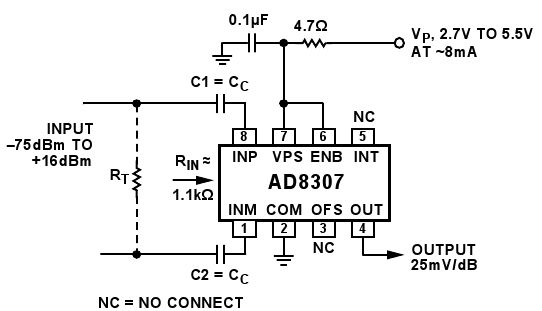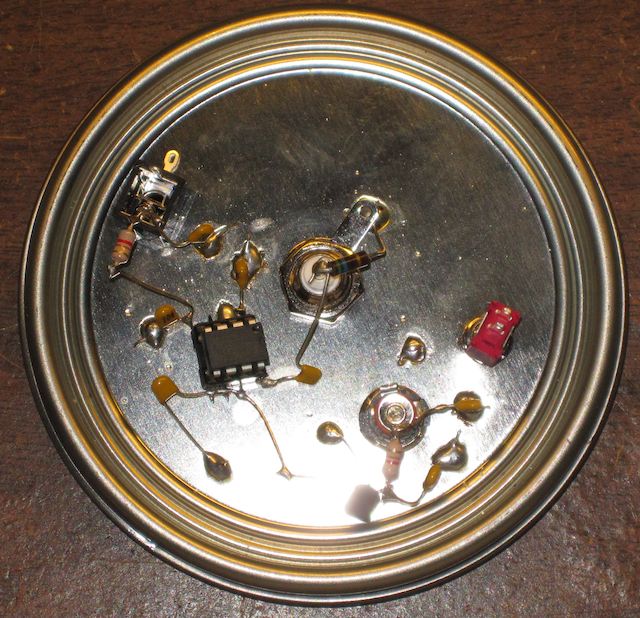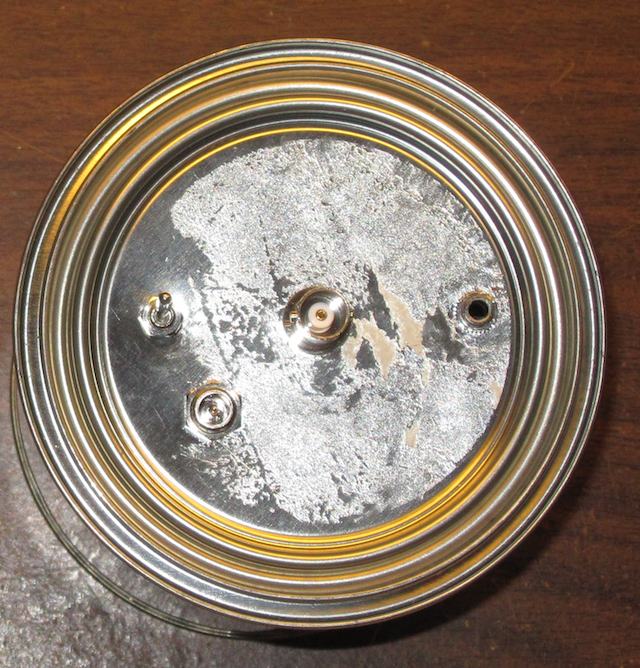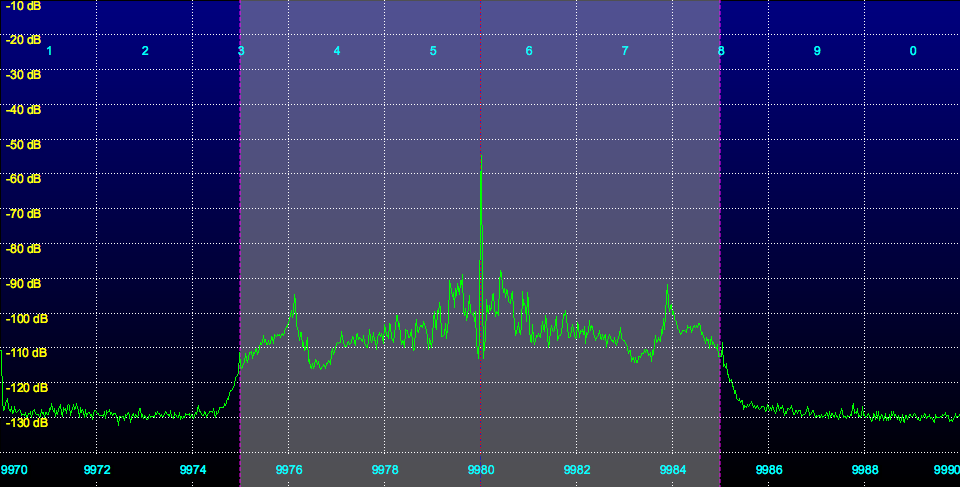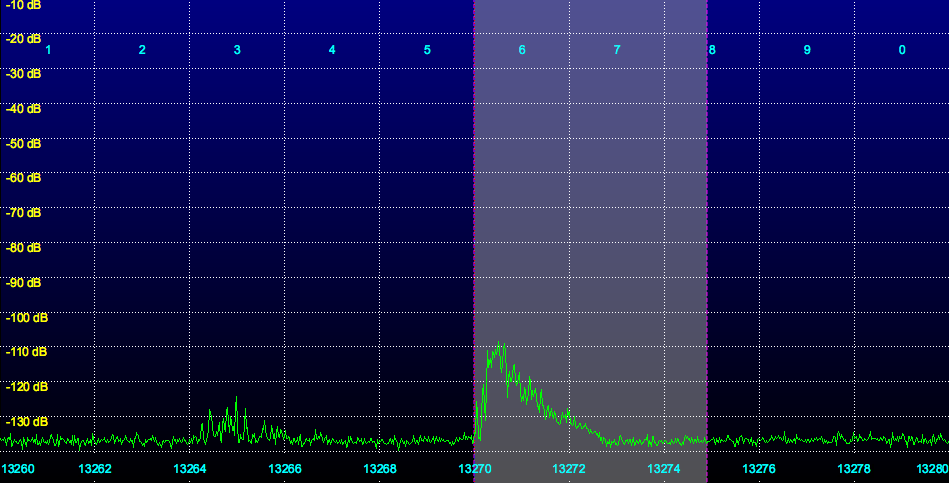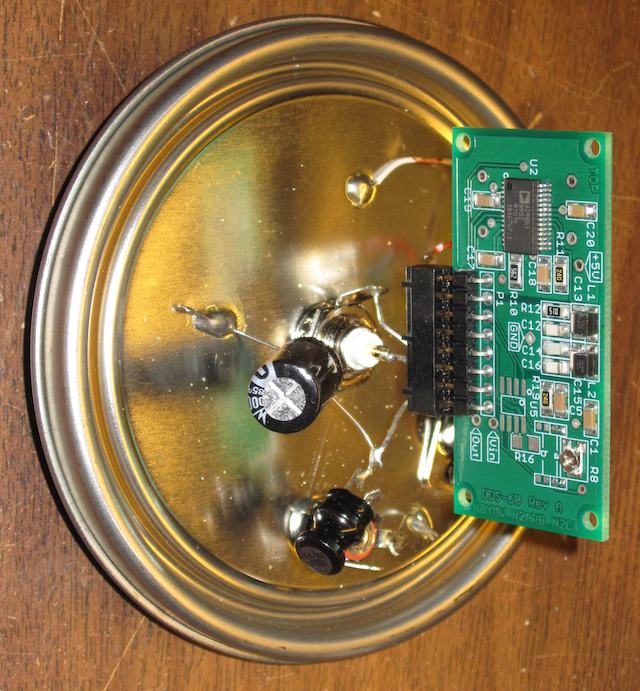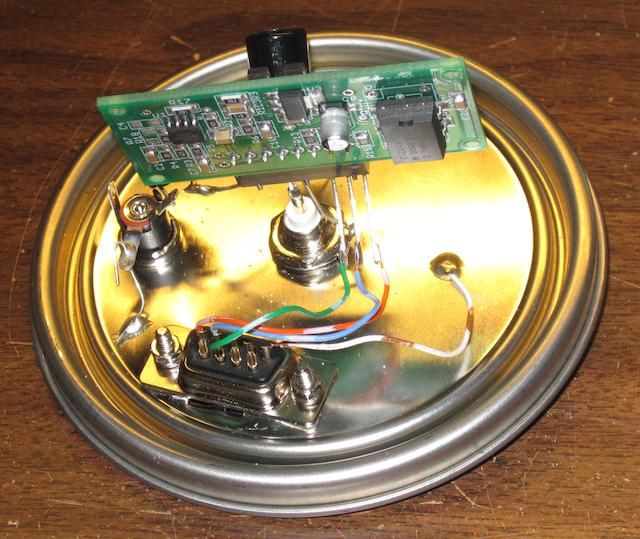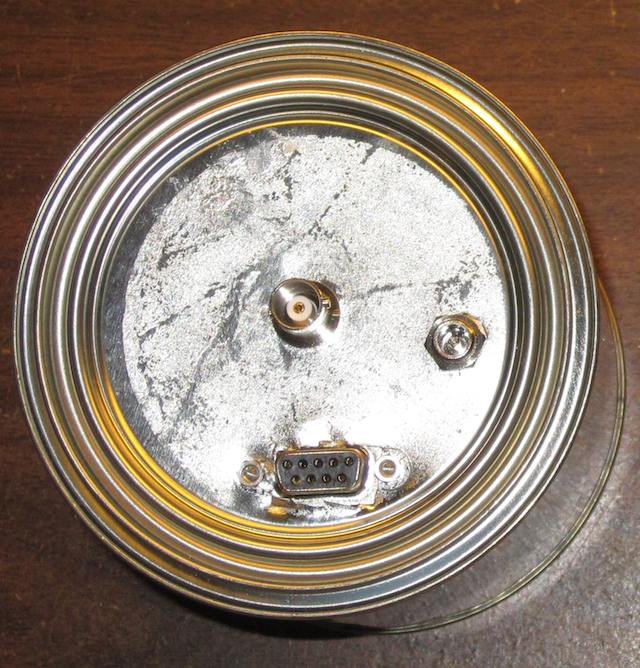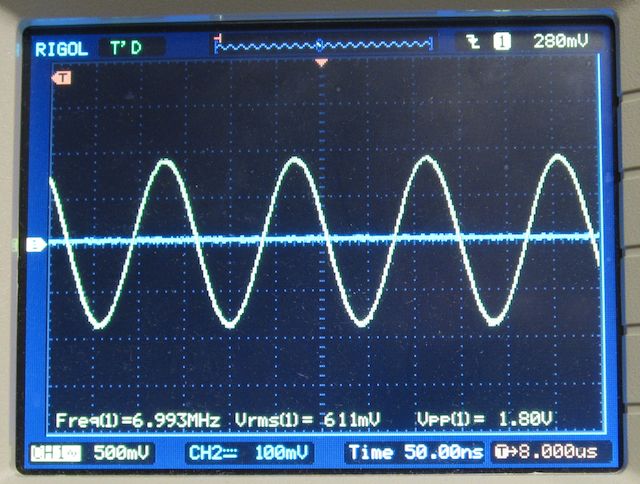Let’s say you’re a ham radio operator, or even a (gasp!) pirate radio broadcaster. How many watts of transmitter power do you need to reach your target(s)? Well, if you’re the typical ham, the answer is easy – just crank up the transmitter RF output knob to max. If you’re the typical pirate, you may do the same, although you’re a little more cognizant of the risks involved. Higher power is more likely to cause RFI issues with the neighbors’ TV, and possibly get you some unwanted attention from the FCC.
The alternative is to run low power. In ham lingo, this is called QRP. Most transmitters let you adjust your power level, so you can just dial it down. But to what level? How low can you go? What you’re trying to accomplish is to be heard by your listener(s). That is, the received signal is large enough to overcome noise levels, both from other signals and static, as well as receiver noise. The latter is a concern at VHF/UHF frequencies, but essentially a non-issue for HF, where atmospheric noise always dominates.
The signal to noise ratio (SNR) is defined as the ratio between the signal and noise levels, and is usually expressed in decibels (dB). 0 dB means the ratio is 1, the signal and noise power levels are the same. a 10 dB SNR means the signal power is 10 times the noise power, 20 dB means the signal is 100 times (it is a log based scale). These are for power values, for voltage ratios the SNR is twice the power value. A SNR of 0 dB would just be barely detectable, in practice you need a few dBs for even a weak signal, and a SNR of 30 or 40 dB is considered an excellent quality signal.
Noise levels vary tremendously, of course. Atmospheric noise varies with the frequency (higher at lower frequencies) and time of day (higher at night, when static from distant thunderstorms is more easily propagated). Then there are the potential man made sources of noise, such as other stations, as well as unintentional noise from the multitude of TVs, computers, switching power supplies, and so on, which have all contributed to a rise in the noise floor over the years.
There are many software tools to estimate received signal levels, based on transmitter power levels and propagation conditions, such as DX Toolbox. Plug in the numbers, and you can get an estimate of the received signal level. It might even be close – there are a lot of factors to consider, and many of them are unknowns, or at least estimates, such as solar effects on propagation.
Another way is to actually measure the received signal level. The good news is that most shortwave receivers have an s-meter, to tell you how strong a signal is. The bad news is that most of the time, the s-meter is wrong.
First, there is no concrete definition of how an s-meter should work. The ARRL suggestion is that an S9 signal is 50 microvolts at the antenna input, and that each S unit represents a 6 dB change in input voltage and power (that is, the voltage doubles, meaning the power level is 4 times higher). Tests on common receivers and transceivers show about a 1 to 5 dB per S unit change. That is, each increase in indicated signal level on the s-meter actually represents a smaller change in received power level, as compared to the theoretical 6 dB/S unit standard.
All other things equal, a change in transmitter power level causes a corresponding change in received power level. So if you double your transmitter power, the received signal will also double. According to the ARRL standard, increasing the transmitter power by a factor of 4 would add one S unit, in practice with most receivers it would add several S units, depending on what the original received signal level was. Again, the s-meter is just an indicator, the actual received signal level is what is important. Doubling the transmitter power will increase the signal, and SNR, by 3 dB. Likewise, cutting it in half will reduce the SNR by 3 dB.
So, let’s assume we have a transmitter running at 150 W (a pretty reasonable value for a good old fashioned tube rig like a Johnson Viking II). And let’s assume that the received s-meter reading is S9 dB, a very good signal, and it’s nighttime with a noise level, as indicated on the s-meter, is S4.
Here’s the Icom IC-730 S-meter sensitivity values from the previous link I gave:
S1 - 2 1.4 dB
S2 - 3 1.3 dB
S3 - 4 1.6 dB
S4 - 5 2.3 dB
S5 - 6 1.8 dB
S6 - 7 3.2 dB
S7 - 8 3.1 dB
S8 - 9 4.0 dB
S9 - S9+10dB 5.6 dB
S9+10dB - S9+20dB 7.3 dB
S9+20dB - S9+30dB 6.6 dB
S9+30dB - S9+40dB 10.5 dB
S9+40dB - S9+50dB 11.3 dB
S9+50dB - S9+60dB 13.5 dB
Ok, so let’s see what happens as we reduce the transmitter power. Each time we cut it in half, we reduce the received signal by 3 dB. Reducing it to a quarter would be 6 dB, an eight would be 9 dB, and a tenth would be 10 dB. Got it?
Looking at the chart, going from S8 to S9 is a 4 dB change. That would correspond with reducing the transmitter power by a factor of 0.40, or down to 60 watts. Going from S8 to S7 is 3.1 dB, a power reduction to 0.49, or 29.4 watts. S7 to S6 is 3.2 dB, a factor of 0.48, or down to 14.1 watts. S6 to S5 is a factor of 1.8 dB, 0.66, or 9.3 watts. And finally S5 to S4 is 2.3 dB, a ratio of 0.59, or down to 5.5 watts.
So what does all this mean? Well, if we dropped our transmitter power from 150 watts to 5.5 watts, the received signal would drop from S9 to S4. We stopped there because the noise levels were S4. At this point, the signal is barely audible. At 9.3 watts, pretty close to the magic 10 watts that most grenade type transmitters put out, the received signal is S5, one S unit above the S4 noise, 2.3 dB above, so an SNR of 2.3 dB. Something you could listen to, but it would really be down in the noise.
What about the original 150 watts that produced an S9 signal? Well, let’s just add up our dBs. 2.3 + 1.8 + 3.2 + 3.1 + 4.0 = 14.4 dB. So in this case, the SNR is 14.4 dB. Not the 20 or 30 dB you’d expect from say the BBC, but certainly pleasant enough to listen to.
Obviously this is just one example. With different assumptions, especially noise levels, the results will be different. Much lower noise levels would allow weaker transmissions to be heard. If the noise was S1 instead of S4, that’s 4.3 dB of SNR right there. Likewise, higher noise levels intuitively imply more transmitter power is necessary. But I think these are reasonable assumptions for nighttime noise levels on 43 meters, and typical pirate transmitter power levels.
The numbers speak for themselves. The difference between the received SNR for a 150 watt and 10 watt transmitter is huge. Of course, as the difference between getting the knock and not is also huge. Assuming transmitter power levels have an influence on FCC enforcement activity…
A 30 mW unlicensed CW beacon was busted last year:
Last summer the F.C.C. DFed the Echo beacon that was on 11002 Khz. It had been running 30mW.
The FCC agent was kind and considerate and dropped further investigation. In fact he was respectful of the fact that it was
completely Homebrew and will under 100mW. There was no complaint
and the only one who cared about the beacon was the DF site in Maryland. The little beacon was disconnected and dismantled.
The operators pirate beacon days are over.
20 to 30 mW is extremely lower power, even for CW. This tells us two things: first, the FCC has very good ears, and can pick up weak signals. If they can pick up a 20 mW beacon, they can easily pick up your 10 watt grenade. Second, and more importantly, they are probably more concerned with the frequency the unlicensed station is using, than the number of watts. If you look through recent busts of pirates, you will see that they are mostly due to choice of frequency, as well as the unusual bust of Weather Radio, which appears to have been motivated by their use of the National Weather Service’s DECtalk speech synthesizer voice.
This is not to say that transmitter power plays no role. But it may not be the FCC’s primary enforcement trigger. The FCC is Complaint Driven. A scan through their Enforcement Bureau confirms this. Busts are mostly for FM pirates, likely based on complaints from licensed stations, as well as for other offending transmissions, such as those that interfere with cellular phone service.
Busts of HF pirates would also likely be due to complaints from licensed services, especially the military, which does use parts of 43 meters. Those BLEEP BLEEP BLAPPP sounds you hear are the TADIL-A/Link 11 system. I can imagine that 70s pop music or cut and paste audio loops interfering with them don’t go over well with the men in uniform. One call is all it takes for the offending pirate to suddenly be #1 on the FCC’s enforcement list.
Back in the 1990s, The infamous pirate Voice of the Night, operated by Lad, was QRMing a Havana/Moscow CW net on 7415 kHz. The operators could often be heard sending strings if FUFUFU in CW in response. Apparently it also annoyed certain radio monitors employed by No Such Agency, as Lad was quickly busted.
So worry about how many watts you’re sending into the ether, but also worry about your choice of frequency.

